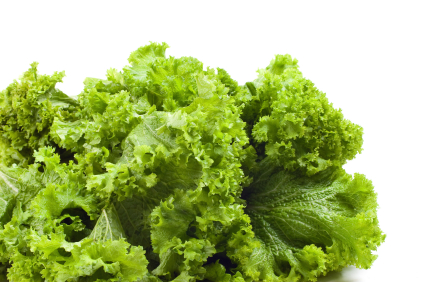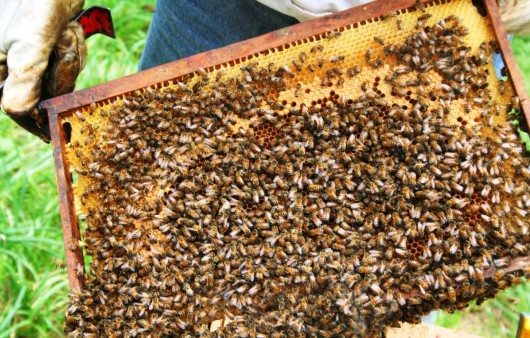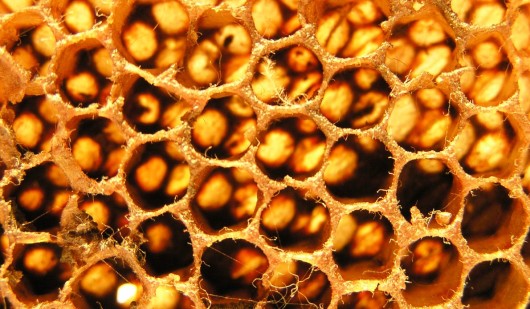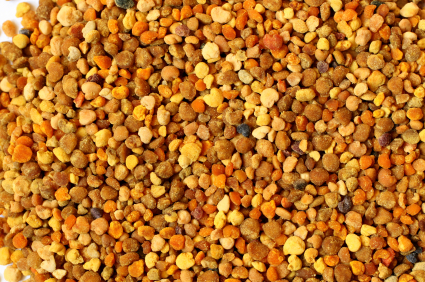Mustard Greens, Medicinal Food of the Ancient Romans and Greeks

About
Pungent, flavorful mustard greens are among the most nutritious of vegetables. They are an excellent addition to soups, are a popular side dish, and can be cooked in many creative ways. Their health and medicinal benefits are valued worldwide. Mustard greens were considered by the ancient Romans and Greeks to be a medicinal food and have been part of the Indian diet for thousands of years. They are believed to have been brought to the US by African slaves. Easily grown in the home garden, they are a cool-weather vegetable that works well as a winter or early spring planting in US Plant Hardiness Zones 7-9. The greens can be grown year-round in warmer weather, and so are commonly available in supermarkets.

Mustard greens were considered by the ancient Romans and Greeks to be a medicinal food and have been part of the Indian diet for thousands of years..
Mustard greens as a superfood
Mustard greens are what is known as a “cruciferous vegetable,” a member of the cabbage family that also includes broccoli, turnips, collards, kale and Brussels sprouts. All of these vegetables are high in chemicals that protect from cancer. The family in general is high in vitamins A, C, E and folate. Their Vitamin A is present mainly in the form of beta-carotene. Mustard greens contain lutein, which is believed to help prevent colon cancer and which gives the eyes natural protection from sunlight. They contain vitamin K and are an excellent non-dariy source of calcium, both of which are necessary for bone strength. Their calcium is more easily absorbed than that of spinach or Swiss chard. The omega-3 acids they contain are important for cardiovascular health. They have an especially high ratio of nutrients to calories and are very economical.
Health benefits of mustard greens
Chinese and ayurvedic medicine use mustard as an expectorant and to promote respiratory health. Mustard greens, especially when steamed, have a proven ability to lower cholesterol. They are high in glucosinolates, antioxidants which help to detoxify the body and protect the liver. A natural antacid, mustard greens soothe and fortify the digestive system. Their high calcium levels can be important for those who cannot consume dairy products or for diabetics on high-fiber diets. The combination of detoxification, antioxidant and anti-inflammatory properties makes mustard greens a powerful cancer preventative.
How to prepare them?
You should eat mustard greens or other cruciferous vegetables 2-5 times a week, in servings of 1-2 cups. They are very low in calories and should only be avoided by those with kidney or gallbladder problems or those on blood-thinning medication. Mustard greens may be consumed raw in salads, but their nutrients are more readily absorbed when they are cooked. Cooking also helps to avoid digestive problems that can result from their tough fibers. The recommended method is to steam them for 5-15 minutes, but they can also be sliced and then sauteed in near-boiling broth or water for 5 minutes or so. In the microwave, cook them for 4-7 minutes. Some cooks like to tenderize them by blanching them in boiling water for a minute before cooking them.
Boiled greens served with a vinegary hot sauce are a staple of Southern cooking. This preparation usually includes a ham hock thrown in for flavor, but smoked turkey makes a good low-calorie substitute. They could be used as a substitute for taro leaves in callaloo, the peppery coconut milk-based Trinidadian soup. Canned mustard greens are often available in supermarkets, but are likely to contain added sodium.
As this is a juice and smoothie website, you can of course also use mustard greens when making a smoothie. Here is a nice recipe:





